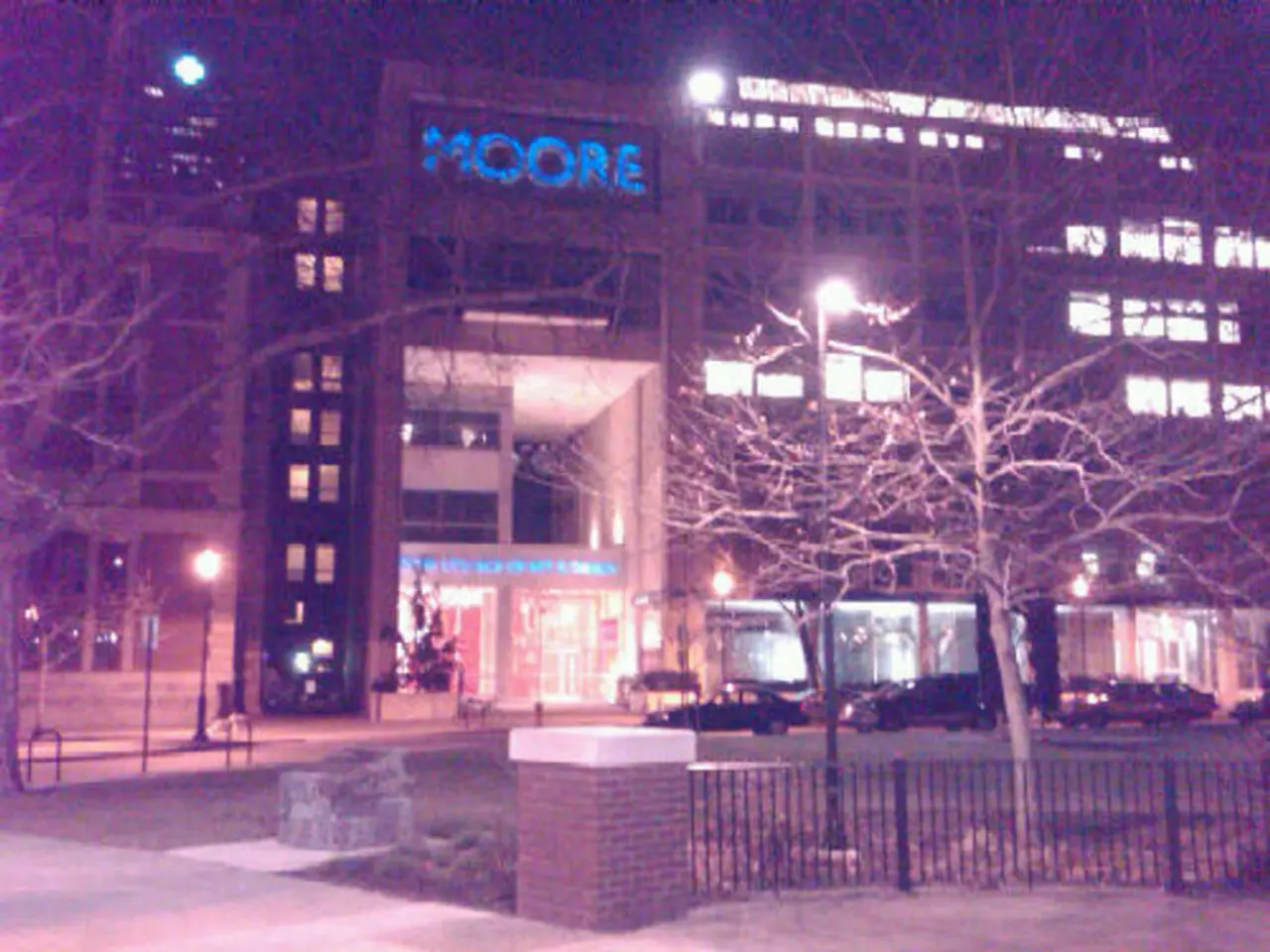Education Materials for Septic System Awareness Campaign
In a bid to ensure the longevity and efficiency of advanced treatment septic systems, homeowners and property managers are encouraged to follow best practices for landscaping around these units. Three documents detailing these practices in English and Spanish are now available for download.
The first document, titled "Do's And Don'ts For An Advanced Treatment Unit (English)", weighs in at 912.05 KB. Its Spanish counterpart, "Do's And Don'ts For An Advanced Treatment Unit (Spanish)", is a more compact 372.61 KB. A third document, "Proper Landscaping On And Around Your Septic System (English)", is also available, with a size of 561.06 KB.
When it comes to landscaping around an advanced treatment unit (such as aerobic or mound septic systems), the focus is on preserving the system's integrity while maintaining aesthetic appeal. Here are some key recommendations:
- Avoid digging or tilling over the system area to prevent damage to underground components and disturbance of soil that affects system function.
- Use shallow-rooted plants such as turfgrass (e.g., fescue), ornamental grasses, groundcovers like periwinkle or bugleweed, and native prairie species with dry, shallow roots. These plants minimize root intrusion into pipes or the drain field.
- Keep trees and large shrubs well away (at least 20 feet or more) from the septic tanks and drain field to avoid root damage and system infiltration. Preferably, keep trees at least 100 feet away when possible.
- Avoid water-loving plants and plants with invasive root systems, which can increase moisture in the drain field and cause root damage or clogging.
- Only add mulch directly above the septic tank and use protective borders around the septic area to discourage foot or vehicle traffic, which can compact soil and damage the system.
- Redirect surface water and irrigation away from the drain field, using regrading, French drains, and adjusting sprinkler systems to remain at least 10 feet away from the septic components to avoid oversaturation that hampers treatment efficiency.
- Maintain easy access and visibility of tank lids and other maintenance points with decorative garden designs that do not sacrifice system access and safety.
- Avoid planting edible gardens near the septic system due to contamination risks, and always wear gloves when gardening close to septic areas.
- Maintaining native, drought-tolerant vegetation over the leach field helps soil health and reduces excessive moisture, enhancing long-term system function.
These practices help preserve both the function and longevity of advanced treatment septic systems while allowing attractive, safe landscaping around them. For site-specific design tailored to system type and local conditions, consultation with a septic professional or specialized landscaping service is recommended.
A Spanish version of the landscaping guide, "Proper Landscaping On And Around Your Septic System (Spanish)", is also available for download to assist Spanish-speaking homeowners and property managers.
By following these guidelines, homeowners and property managers can ensure their advanced treatment septic systems continue to operate efficiently and effectively while maintaining a visually pleasing landscape.
- To maintain the efficiency and longevity of a home's advanced treatment septic system, it is recommended that homeowners and property managers carefully consider their landscaping choices, such as selecting shallow-rooted plants like turfgrass, ornamental grasses, periwinkle, bugleweed, and native prairie species with dry, shallow roots.
- In addition to plant selection, homeowners should also be mindful of the distance between trees or large shrubs and their septic tanks and drain field, keeping them at least 20 feet away to prevent root damage and system infiltration.
- Homeowners and property managers can also adopt healthy, sustainable lifestyle practices like maintaining native, drought-tolerant vegetation over the leach field to improve soil health and reduce excessive moisture, ensuring both the function and longevity of their advanced treatment septic systems while creating an aesthetically pleasing landscape.




